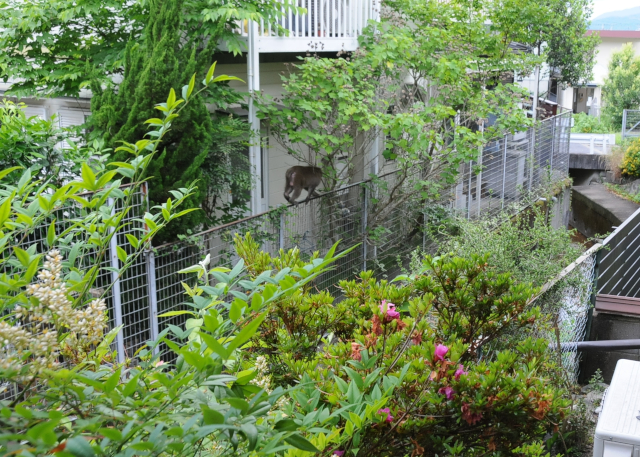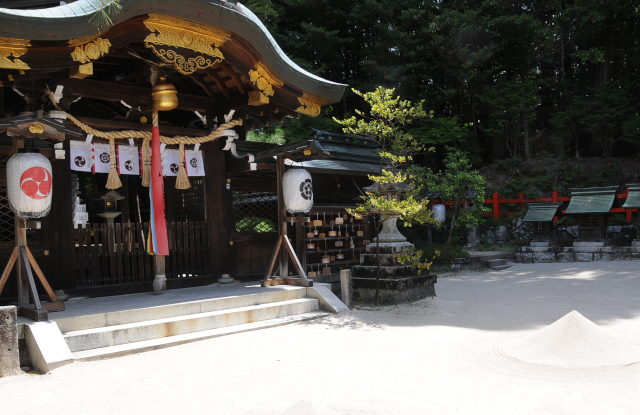This spring, I decided to lean out of my comfort zone and to take people on tours in Kyoto. So far, I have led about 10 groups of people, all German speakers, and the experience was certainly interesting.

First and foremost: all my clients were delightful people. They were curious and interested, some even prepared for their tour. They also wanted to know about life in Japan in general, and I hope I could dispel a myth or two… Overall, I enjoyed myself, which came as a surprise to me.
Ever since I came to Japan, friends of mine had suggested tour guiding to me, but I was always very reluctant. The main reason: I’m an introvert and I feel I’m not good with strangers; and on a tour you have to “function” immediately. But it turns out that this is not an issue at all. I only had small groups of four people max, and the fact that I finally get to talk about Kyoto and its history for hours to an appreciative audience is quite exhilarating.
The other thing I was worried about was my hip problem: One tour means six hours of walking, a good part of it uphill… However, since I lost so much weight last year, it was less of an issue than I had feared – provided I can take breaks or at least lean against something especially towards the end of the tour. And there are always painkillers, of course.
However, there is one unexpected negative as well: The day after a six hour tour, I’m wiped out. I feel more mentally drained than physically tired, and this might be because of my introversion – having to interact a whole day with people I don’t know seems to deplete my batteries pretty fast. Therefore, I try not to schedule mentally challenging tasks – or, heavens forbid: appointments – the day after a tour.
For that reason, the whole tour guiding thing will probably remain a side job for the high seasons in spring and autumn. While it’s always good to test one’s boundaries, it’s just as good to know where they lie.















